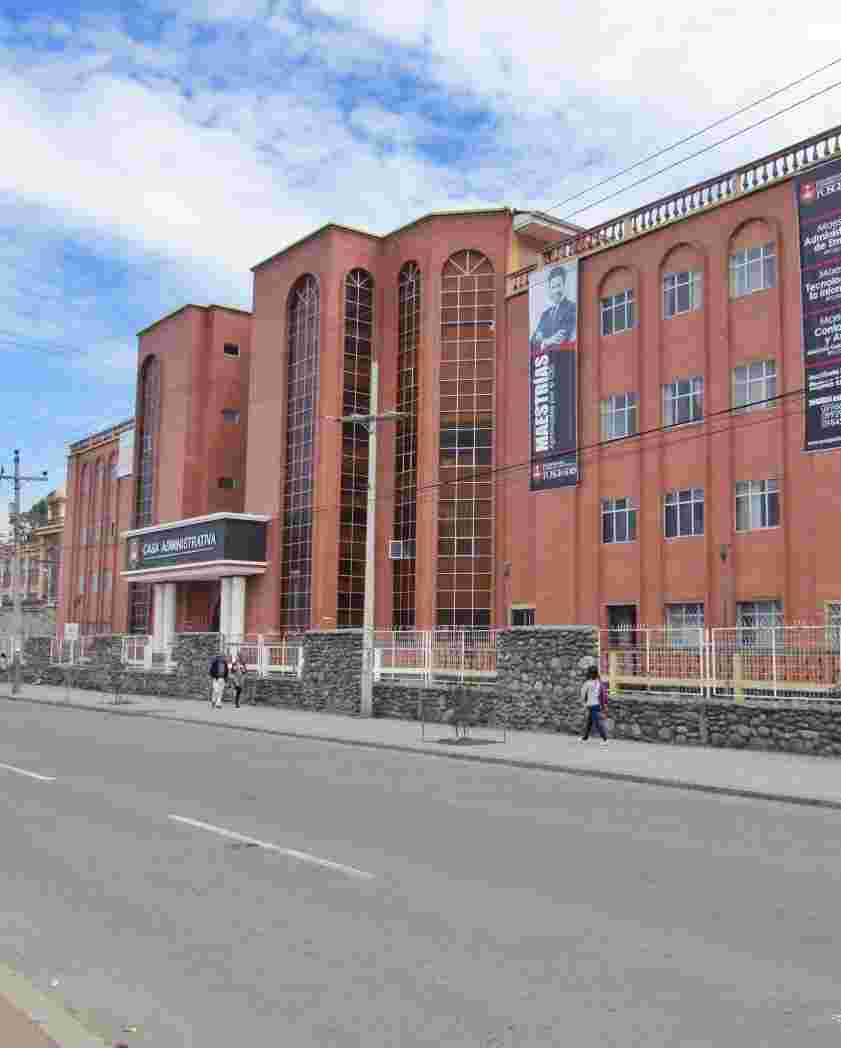Trabajos de Titulación - Bioquímica y Farmacia
URI permanente para esta colecciónhttps://dspace.ucacue.edu.ec/handle/ucacue/27
Examinar
Examinando Trabajos de Titulación - Bioquímica y Farmacia por Materia "AGAR MANITOL SALADO"
Mostrando 1 - 1 de 1
- Resultados por página
- Opciones de ordenación
Ítem Acceso Abierto Determinación microbiológica de staphylococcus aureus en quesos artesanales en mercados de la ciudad de Cuenca(Universidad Católica de Cuenca., 2024) Rodriguez Delgado, Angela Estefanía; Tacuri Chungata , Michelle Catalina; Macías Matamoros, Andrea Fernanda; 1722262712; 2300704372Introduction: The microbiological presence in artisanal cheeses refers to the quantity and type of microorganisms that may be found in these products, some of which are beneficial or pathogenic. This aspect is essential to ensure food safety and product quality, as improper handling can promote the proliferation of harmful bacteria. Objective: To determine the presence of Staphylococcus aureus in artisanal cheeses from four markets in the city of Cuenca using Compact Dry X-SA plates. Methodology: This is a descriptive study in which 40 samples of fresh artisanal cheese sold in the following markets were collected: “9 de Octubre,” “10 de Agosto,” “27 de Febrero,” and “3 de Noviembre” (10 samples per market). Compact Dry X- SA plates and Mannitol Agar were used for the cultures, allowing the growth of S. aureus. Confirmatory tests were performed: catalase, coagulase, and DNase. Results: Of the 40 samples analyzed, 25% exceeded the limit of 10² CFU/mL established by the Ecuadorian Standardization Service (INEN, by its Spanish acronym) 1528:2012. All samples from the “9 de Octubre” and “10 de Agosto” markets tested positive for S. aureus growth on Mannitol Salt Agar, whereas no growth was observed in any plates from the “27 de Febrero” and “3 de Noviembre” markets. Eighty percent (80%) of the samples tested positive for catalase, 47.5% for coagulase, and 17.5% for DNase. Conclusion: In conclusion, it was determined that the “10 de Agosto” market had the highest presence of S. aureus, considering the samples that were too numerous to count, which exceeded 250 colonies.




